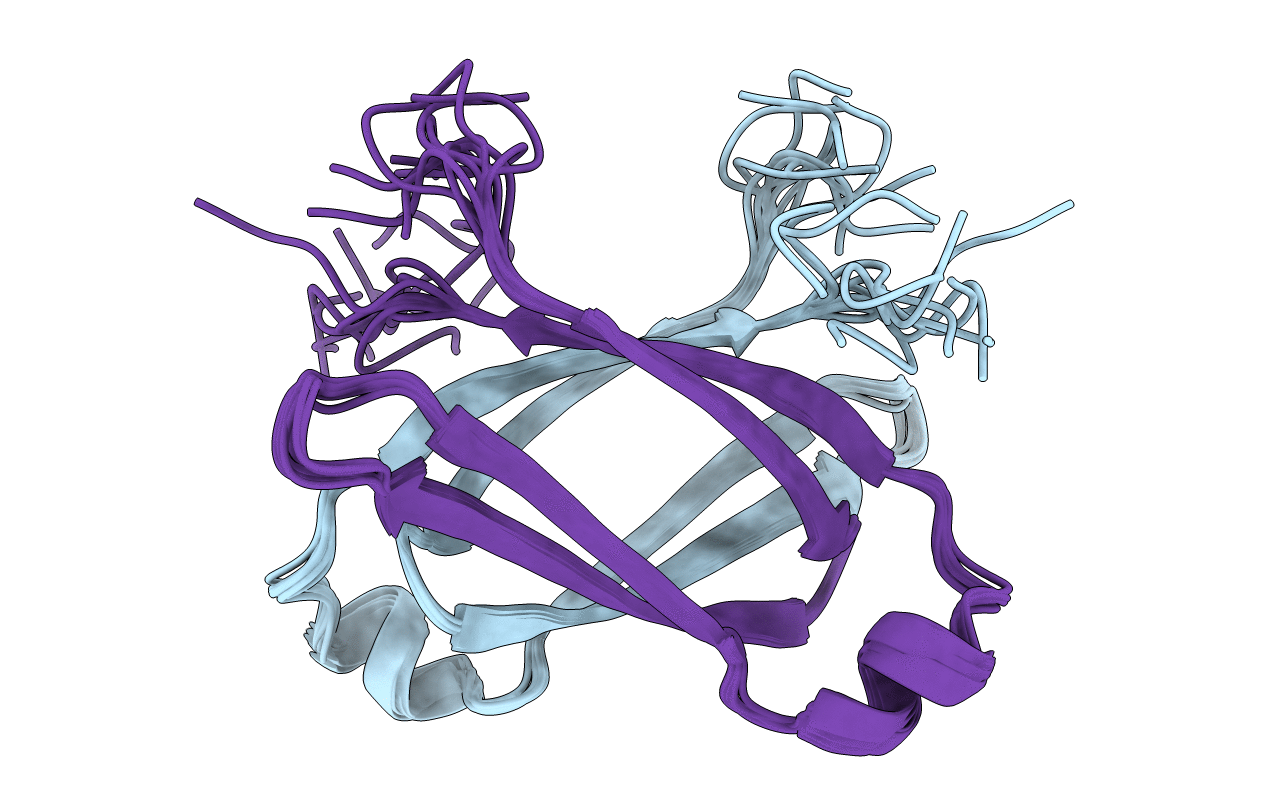
Deposition Date
2015-05-09
Release Date
2015-06-10
Last Version Date
2024-05-15
Entry Detail
PDB ID:
2N2J
Keywords:
Title:
Solution structure of the EBNA-2 N-terminal Dimerization (END) domain from the Epstein-barr virus
Biological Source:
Source Organism:
Human herpesvirus 4 (Taxon ID: 10377)
Host Organism:
Method Details:
Experimental Method:
Conformers Calculated:
100
Conformers Submitted:
10
Selection Criteria:
structures with the lowest energy


